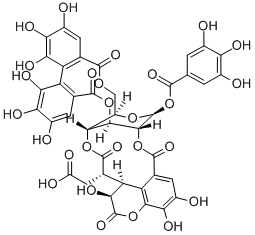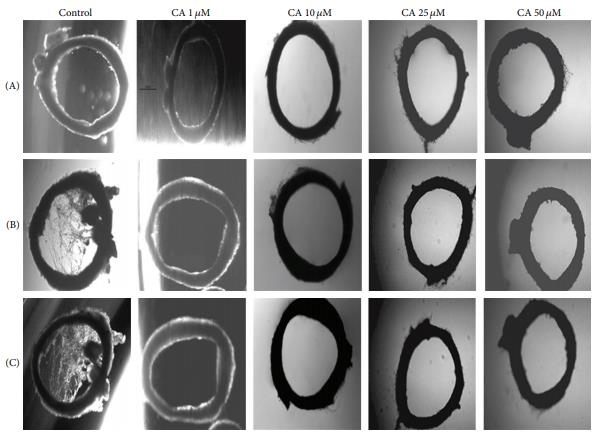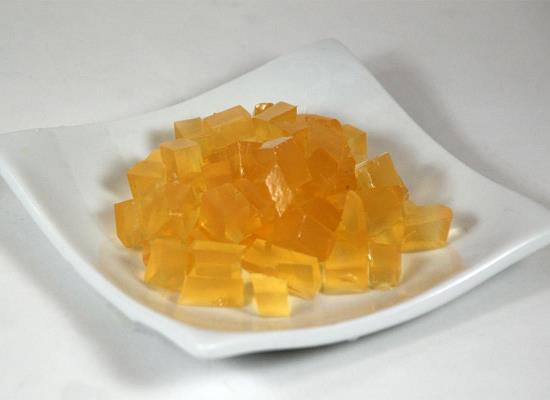Unlocking the Potential of Chebulagic Acid: A Comprehensive Exploration for the Chemistry and Pharmaceutical Fields
Introduction
In the ever-evolving landscape of pharmaceuticals and chemical research, chebulagic acid emerges as a beacon of potential and versatility. Extracted from the fruits of Terminalia chebula and other natural sources, this hydrolyzable tannin has garnered attention for its remarkable therapeutic properties and chemical utility. As scientists delve deeper into the molecular intricacies of natural compounds, chebulagic acid stands out for its ability to bridge traditional medicine with modern therapeutic approaches[1].

Figure 1 Characteristics of chebulagic acid
Mechanism of Action
Chebulagic acid operates through a sophisticated mechanism of action, making it a subject of intense study within biochemical research circles. It exerts its effects primarily by inhibiting the activities of certain enzymes and proteins, thereby modulating key cellular pathways. For instance, its anti-inflammatory properties are attributed to the inhibition of hyaluronidase and pro-inflammatory cytokines, offering potential relief in conditions characterized by chronic inflammation. Moreover, chebulagic acid has demonstrated antiviral capabilities by blocking the attachment and entry of viruses into host cells, a promising avenue for antiviral drug development. This detailed examination sheds light on how chebulagic acid's molecular interactions contribute to its therapeutic efficacy.
Applications
The scope of chebulagic acid's applications is broad and multifaceted. In the medical field, its antiviral and anti-inflammatory properties are being explored for the treatment of infectious diseases and conditions with an inflammatory component. Additionally, preliminary research into its anticancer effects suggests a potential role in cancer therapy, particularly in targeting specific tumor cells with minimal toxicity to healthy cells. Beyond healthcare, chebulagic acid's antioxidant properties are of interest in the food industry for preserving the nutritional and sensory qualities of food products[2].
Pharmacokinetics
Understanding the pharmacokinetics of chebulagic acid is essential for optimizing its therapeutic use. Studies have shown that when administered, chebulagic acid exhibits favorable absorption characteristics, although its bioavailability may be influenced by various factors, including formulation and delivery method. Its distribution within the body indicates a preference for certain tissues, potentially enhancing its efficacy in targeted therapies. Metabolism and excretion processes are crucial for determining the compound's safety profile, with research indicating that chebulagic acid is metabolized in the liver and excreted primarily via the kidneys. This pharmacokinetic profile underpins the importance of dosage and administration considerations to achieve therapeutic effectiveness while minimizing risks.
Dosage and Administration
The therapeutic potential of chebulagic acid can only be fully realized through appropriate dosage and administration strategies. At the same time, optimal dosages may vary depending on the condition being treated and individual patient factors, current guidelines suggest a range that maximizes efficacy while minimizing the risk of adverse effects. Administration routes include oral, topical, and potentially injectable forms, each offering specific advantages depending on the therapeutic objective.
Adverse Reactions
Despite its therapeutic benefits, chebulagic acid, like any active compound, carries the potential for adverse reactions. Clinical studies and anecdotal evidence have reported minimal side effects, with the most common being gastrointestinal disturbances when taken orally at high doses. However, the overall incidence of adverse reactions is low, and chebulagic acid is considered safe for most individuals under recommended usage guidelines. Ongoing monitoring and research are crucial for further elucidating its safety profile, ensuring that the benefits of chebulagic acid outweigh any potential risks.
Through its intricate mechanism of action, wide range of applications, and favorable pharmacokinetic profile, chebulagic acid offers promising opportunities for advancing medical and chemical sciences. As research continues to unfold, it holds the potential to significantly impact therapeutic strategies and improve patient outcomes. This exploration of chebulagic acid provides a foundational understanding for professionals engaged in chemical and pharmaceutical research, highlighting its importance as a compound of interest in the quest for innovative solutions to complex health challenges.
References
[1]Yoshida T, FUJII R, OKUDA T. Revised structures of chebulinic acid and chebulagic acid[J]. Chemical and Pharmaceutical Bulletin, 1980, 28(12): 3713-3715.
[2]Gao H, Huang Y N, Gao B, et al. Chebulagic acid is a potent α-glucosidase inhibitor[J]. Bioscience, biotechnology, and biochemistry, 2008, 72(2): 601-603.
);


